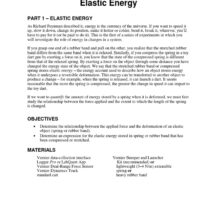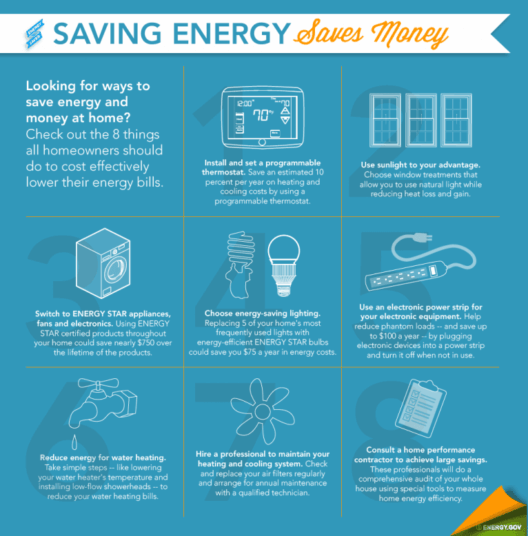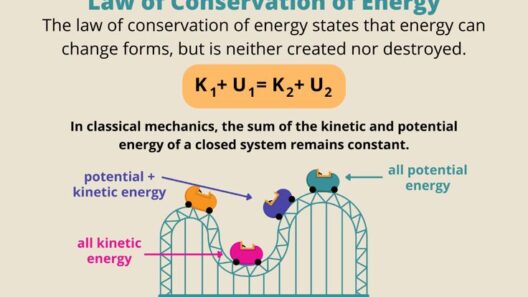In today’s world, the urgency of conserving energy is paramount. Not only does energy conservation reduce costs, but it also plays a crucial role in mitigating environmental degradation. While many individuals may think that energy conservation is synonymous with austerity, the reality is that one can achieve significant energy savings through a variety of innovative devices and practices. This article explores five items that not only conserve energy but can also dramatically change the way you experience your home.
1. LED Light Bulbs
Light Emitting Diodes (LEDs) represent a revolution in lighting technology. Unlike traditional incandescent bulbs that dissipate a significant amount of energy as heat, LEDs convert a whopping 80-90% of energy into light. Imagine walking into a home aglow with soft, warm lighting, where the illumination is both inviting and efficient. This technology not only slashes your energy bills but also prolongs the lifespan of lighting fixtures, making them a far better investment. One LED bulb can last up to 25,000 hours compared to only 1,000 hours of an incandescent bulb. By replacing just a handful of incandescent bulbs, you will begin to notice a palpable difference in your electrical consumption, creating a sustainable living environment.
2. Smart Thermostats
The incorporation of smart thermostats into the home offers an unparalleled blend of convenience and energy efficiency. These advanced devices allow homeowners to tailor their heating and cooling schedules based on individual lifestyles. Instead of running your heating system while everyone is at work or school, a smart thermostat can learn your habits and adjust temperatures accordingly. Furthermore, its ability to be controlled remotely means you can make adjustments on the go, ensuring that you never waste energy when you’re away. The potential for savings is staggering; studies suggest that you can reduce your energy usage for heating and cooling by up to 10-15% merely by optimizing your thermostat settings. The transition to a smart thermostat doesn’t just enhance comfort—it cultivates a culture of conscious energy usage.
3. Energy Star Appliances
Investing in Energy Star-rated appliances is another pivotal step in energy conservation. These appliances are certified to be more energy-efficient than standard models, often incorporating cutting-edge technology that minimizes energy consumption without sacrificing performance. For example, an Energy Star refrigerator uses about 15% less energy than its conventional counterparts, translating into savings on your energy bill and a reduced carbon footprint. Additionally, the enhanced technology in these appliances usually leads to better functionality, such as quieter operation and improved durability. By replacing an outdated appliance with an Energy Star model, you are not merely upgrading your kitchen; you are participating in a larger movement towards sustainable living.
4. Window Film
Window film is a highly effective yet frequently overlooked solution for energy conservation within the home. It functions by regulating indoor temperatures and minimizing heat transfer through windows. During the sweltering summer months, window film can block up to 99% of ultraviolet rays while reflecting heat away from the interior. Conversely, during the winter, it helps retain heat, making your home cozier while relying less on heating systems. By applying window film to your home, you’ll not only enhance your indoor climate but also enhance the aesthetics of your windows without sacrificing natural light. The dual benefits of comfort and energy savings can transform your living space into an oasis of efficiency.
5. Solar Panels
Perhaps the most transformative item on this list is the installation of solar panels. By harnessing the boundless power of the sun, solar energy systems can significantly lower your reliance on conventional energy sources. While the initial investment may seem substantial, the long-term financial and environmental benefits are profound. Solar panels not only produce clean energy but can also increase the value of your home and mitigate future energy price fluctuations. With net metering options, you may even produce enough energy to sell back to the grid, contributing to your household income. Transitioning to solar energy shifts the perspective from being merely a consumer of energy to a generator of power, fostering a true partnership with nature.
In conclusion, the implementation of energy-conserving items in your home signifies more than just a financial decision; it represents a vibrant shift in how we engage with our living environments. As society collectively pivots towards sustainability, each of these five items plays a vital role. From energy-efficient lighting and smart technology to high-performance appliances, protective window treatments, and solar energy systems, the transformative potential of these options is immense. By embracing these innovations, you not only enhance your home and reduce costs but also participate actively in the stewardship of the planet. It is time to reconsider daily energy usage, not merely as a necessity but as an opportunity for change.







